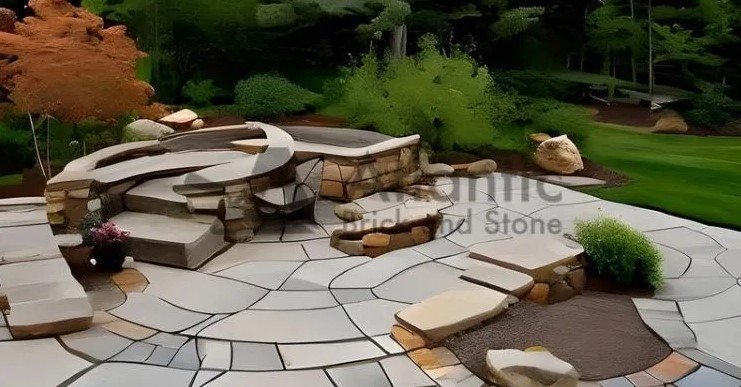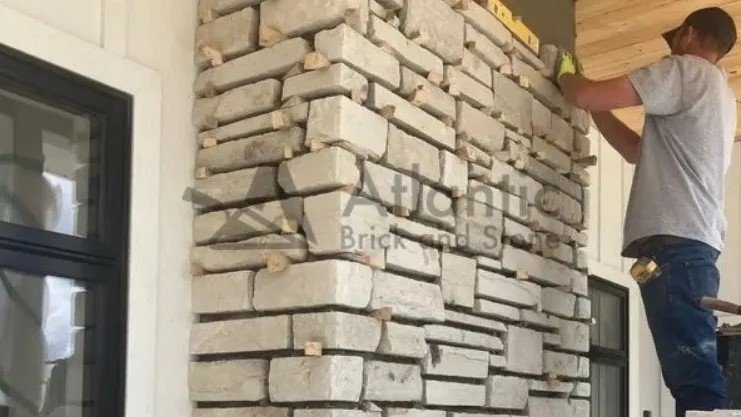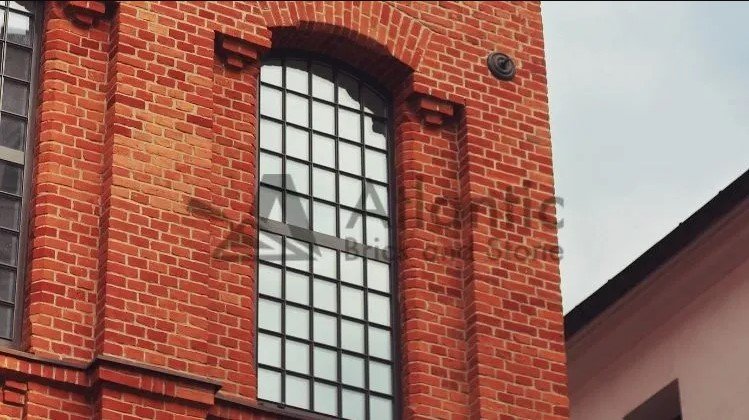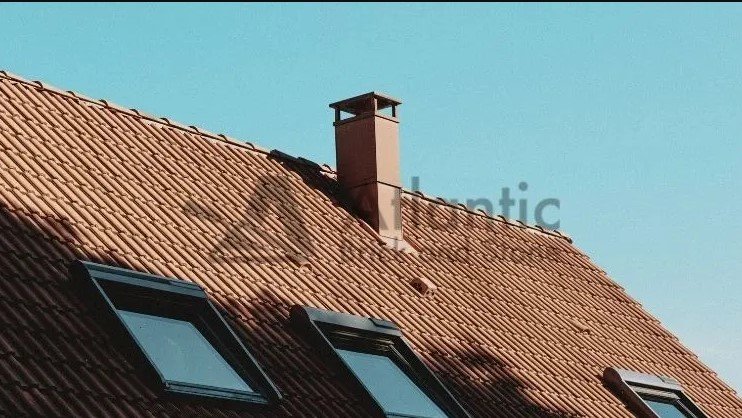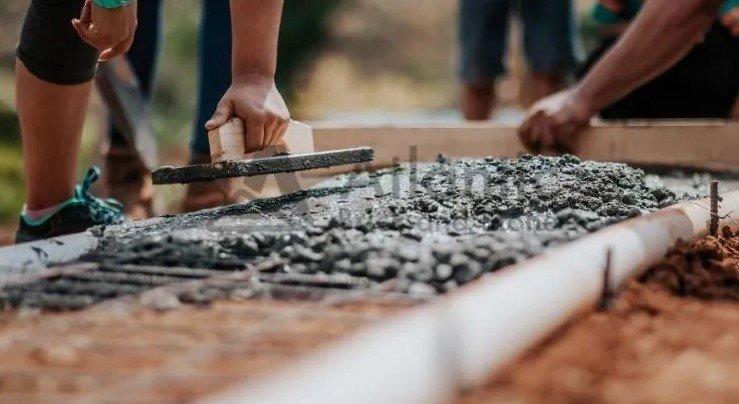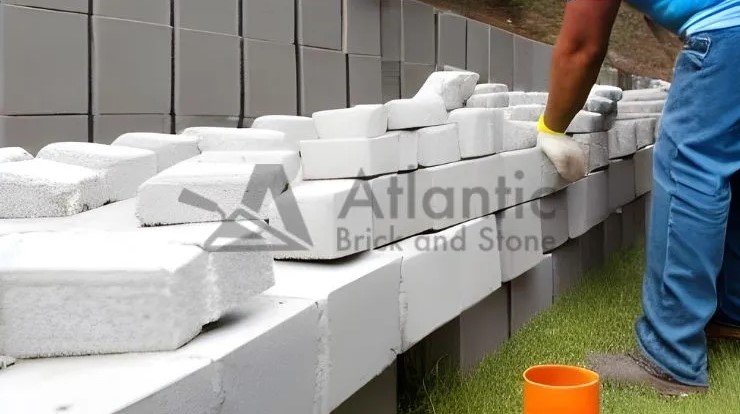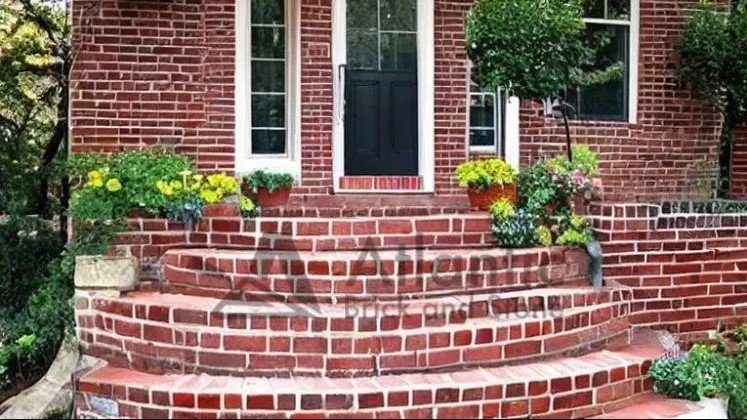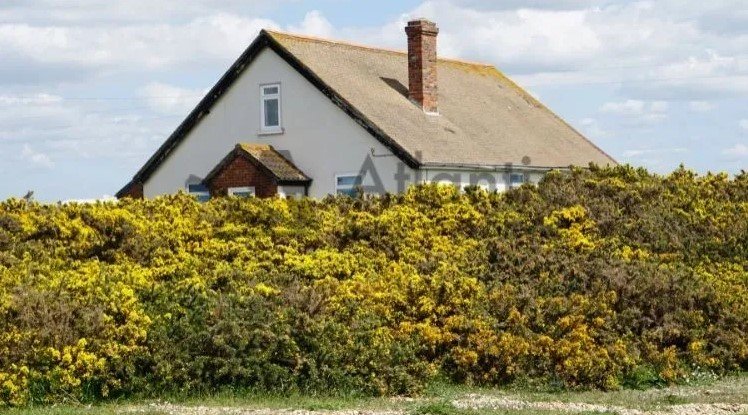Flagstone: A Comprehensive Guide to Its Benefits and Uses
Flagstone: A Comprehensive Guide to Its Benefits and Uses Welcome to our comprehensive guide on the many benefits and uses of flagstone! This article will provide you with all the information you need to know about this versatile material, and how it can be used around your home. From its natural beauty and durability to its weather resistance and longevity, flagstone is an excellent choice for a variety of projects. We’ll explore these qualities in more detail and discuss some of the best ways to use it around your home. Whether you’re looking for a durable driveway surface, a unique walkway path or a stylish patio addition, this guide has got you covered. Read on for everything you need to know about flagstone! What is Flagstone? Flagstone is a natural sedimentary rock made up of layers of various stones. It is largely composed of quartz, mica, and other minerals that give it its distinct color variations. This type of natural stone has been used in landscaping for centuries as a reliable and beautiful paver material to create pathways, patios, and walkways. It is primarily used due to its strength, durability, and versatility. The layers that are formed when creating flagstone provide stability, prevent erosion, and give the surface an aesthetic appeal that complements many outdoor spaces. This type of rock can be cut into different shapes to accommodate any design or style requirements, making it an ideal choice for home improvement projects. For instance, flagstone flooring is made from natural stones that have been cut and polished into thin slabs to create a smooth, even surface. The pieces are then laid out in patterns on sand or gravel beds, resulting in a highly durable surface that can withstand heavy foot traffic. Benefits of Flagstone Flagstone is an excellent building material because: This material is extremely durable and can withstand extreme temperatures as well as heavy foot traffic with minimal maintenance or repairs. The natural appearance of flagstone makes it an attractive choice for outdoor settings. This material is available in different colors, textures, sizes, and thicknesses, so homeowners can choose the one that best suits their needs. Flagstone is resistant to fading or discoloration due to UV exposure, so it will retain its original color for years. In terms of maintenance, it requires only occasional cleaning with a garden hose and mild soap solution. It is cost-effective for long-term use because it lasts many years without needing replacements or repairs. It can be used in a variety of indoor and outdoor applications. Outdoor Uses of Flagstone Here are some popular outdoor uses of flagstone: Walkways & Paths One of the most common uses for flagstone is to create walkways and paths. These can be used to lead through gardens or around a property, adding an appealing and rustic charm while providing practicality. Flagstone pavers are perfect for these types of applications because they have great traction and strength, meaning the path or walkway will remain in good condition even if it is exposed to the elements. They can be laid in many different patterns, both straight or curved, creating a unique look each time. Patios & Decks Flagstone also looks amazing when used in patio designs because of its natural textures and unique patterns. You could choose from a variety of earthy tones such as gray, brown, tan, and even blue. This means you can find the perfect color scheme for your outdoor space without spending too much money. If you would like to add more detail to your flagstone patio design, you can opt to have it cut into different shapes such as hexagons or diamonds; the possibilities are endless! Retaining Walls Flagstones are extremely durable compared to other materials like concrete blocks or bricks that may be used in retaining walls. This makes them ideal for retaining wall use because they can withstand extreme weather conditions such as heavy rains or strong winds without sustaining damage. The natural colors and textures of flagstone provide an attractive aesthetic appeal which can enhance the overall look of any landscape design. They are also relatively easy to install when compared to other types of hardscape materials. Pool Surrounds Flagstone pavers also offer superior anti-slip protection when wet, making them an ideal option for pool surrounds. The textured surface of the natural stones helps provide extra grip when walking on wet surfaces, reducing the risk of slips and falls around the swimming area. Indoor Uses of Flagstone Here are a couple of popular indoor uses of flagstone: Stair Treads Flagstone stair treads are strong enough to handle foot traffic. The stone’s non-slip surface helps reduce the risk of slips and falls on stairs, allowing homeowners to use their stairs safely. Natural flagstones can also be applied over existing concrete steps with minimal preparation prior to installation. The material can be cut into various shapes and sizes depending on the desired look of the staircase, creating an eye-catching feature that adds visual interest to any room in the house. Countertops Countertops made from flagstone are an excellent addition to any kitchen or bathroom design as they provide an interesting texture and color palette, while also being extremely durable. Flagstone is resistant to heat, water damage, chipping, scratching, and staining, making it the perfect material choice for countertops. Fireplaces When used as part of a fireplace or mantel, flagstone creates a rustic charm that adds warmth and texture to any room. It can be left in its natural state or customized to fit the look you are aiming for, with various color options available. It also adds strength and longevity to the structure, making it an ideal choice for fireplaces and mantels due to its resistance to heat. Flagstone Installation Atlantic Brick and Stone is a leading brick and stone contractor in Fredericton. We specialize in flagstone installation services, allowing you to design and create your own custom outdoor living space. Our experienced team of professionals will work with you to ensure all

